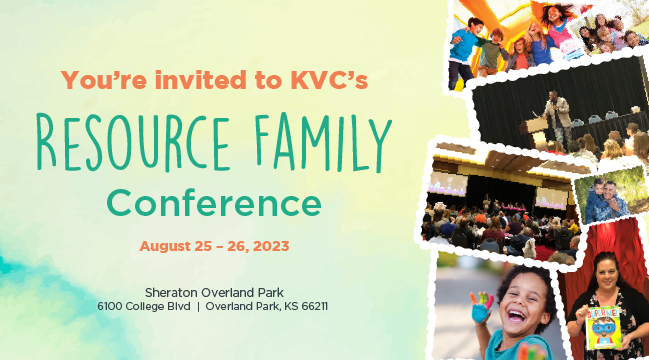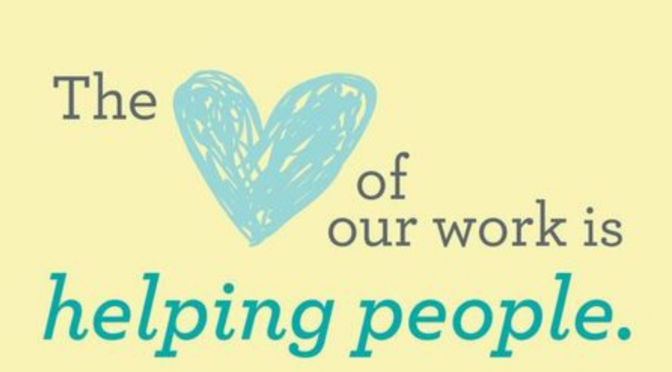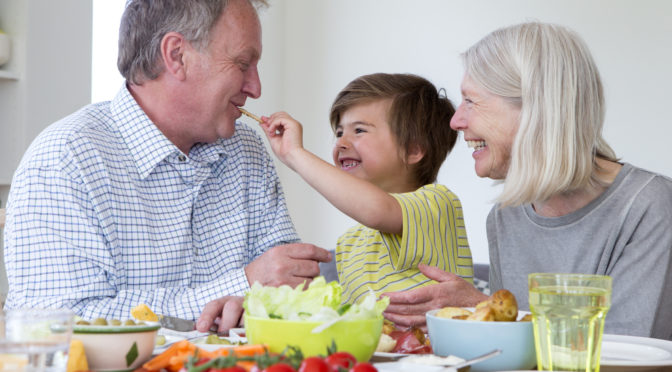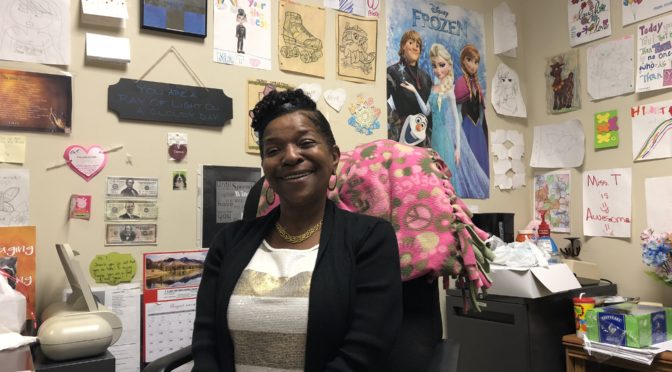Reunification Strategies for Foster Parents and Biological Families

Why is it so crucial for foster parents and kinship caregivers to work with biological parents? And what can this look like practically? Discover reunification strategies for foster parents that support a child’s safe return to their family while prioritizing their wellbeing.








